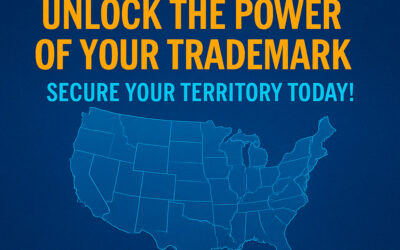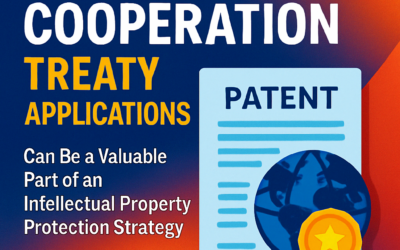Innovating minds have always been valued in the auto industry. That’s more true than ever as car manufacturers race to find ways to create self-driving cars, sustainable electric cars, and more. It’s clear that the auto companies that will lead the charge in today’s industry are those with outside-the-box, exciting new ideas. But how can you make sure that your ideas aren’t stolen and popularized by the competition? The answer is with patents. A patent legally declares an invention as your own, to be used by you and your company. Once you’ve been granted a patent, that official document protects your invention from being used by your competition, or by a former employer, without your consent. The two types of patents are utility and design patents.
- Utility patents protect a unique product, machine, or process. In the auto industry, you might patent a certain invented type of engine or a manufacturing process.
- Design patents patent a unique design for a product, such as shape, color scheme or other patentable aesthetic features.
Patenting is not only common throughout the auto industry, it’s necessary in order to thrive. Depending on your role in the auto industry, you may have many patents out. For instance, big name manufacturer Toyota was granted 3,056 patents in 2022 alone, moving them into the top five on the Intellectual Property Owners Association (IPO) rankings.
How Toyota Protects Their Intellectual Property
Toyota was first established in 1937, a Japanese auto manufacturer who went global in the 1940s after World War II. They have only grown in popularity and authority since then, becoming one of the top auto manufacturers in the world. They are famous for the high quality of their vehicles, both in terms of durability and style. Their cars also tend to have an excellent resale value.
To stay at the top of the industry, Toyota is also constantly innovating. This is why they now have the most granted patents of any auto manufacturing company in the world. Toyota is granted thousands of patents every year. In 2021, they were granted 2,753 patents. That number climbed to 3,056 in 2022. They likely apply for even more patents each year, but these are the patents that are granted.
Recently, they moved up to number four of the IPO’s rankings overall. By patenting so many of their new ideas, they ensure that no other auto manufacturer can do exactly what Toyota can do. This is what consistently keeps them at the forefront of the industry year after year.
And you can start to do the same thing with your own auto company.
Why You Should Patent Your Auto-Related Inventions
If you have a terrific auto invention that you plan to share with the world, whether by using it in your business or selling it for someone else to use, it is imperative that you patent it first. A patent will allow you to have exclusive rights to use and reproduce your invention. If it is copied by your competition, you can take legal action against them, as Toyota often does.
There’s also a danger in failing to patent your inventions or taking too long to patent your inventions. If you wait to patent, one of your competitors might patent a similar invention themselves. If granted the patent, they can actually sue you for infringing on their patent. You can, of course, argue that your invention came first; you may attempt to challenge the competitor’s patent. However, this can be nigh impossible to protect without a patent of your own.
Applying For a Patent — With Help From Garcia Zamor
Applying for a patent doesn’t have to be an intimidating process, not when you partner with experienced and skilled intellectual property lawyers. Garcia Zamor does most of the hard work for you. Here’s what the process looks like:
Step #1: Get the Invention
The first step is to invent something or, if you are the CEO of your auto company, have a scientist on your team invent something. This must have:
- Utility
- Novelty
- Nonobviousness
- Enablement
“Nonobviousness” means that the invention should be more complex than something that would simply be common sense. It should not be obvious to non-inventors. It must offer something new or improved to the auto industry.
Step #2: Hire a Garcia-Zamor Attorney
If you don’t have an intellectual property attorney already, now is the time. You will need lawyers experienced with IP to help you apply for the patent, research it, and challenge any patent infringement. WIth 20 years of combined experience specializing in intellectual property law, Garcia Zamor is happy to help you with your utility and design patent needs.
Step #3: The Garcia-Zamor Team Will Research, Draft, and File the Patent Application Working Closely With You to Ensure That the Application is Just What you Want
Next, the Garcia-Zamor team can perform patent research to attempt to identify current patents that match or come too close to your invention. If the search result is positive, the Garcia-Zamor attorneys will draft and file your patent application appropriately.
Step #4: Wait While the USPTO Reviews Your Application
Your work here is done! It can take anywhere from 12-32 months from the application of your patent until it is accepted, so you may be in for a long wait. But your attorneys at Garcia Zamor will monitor your application all the way through the process so you don’t have to worry. You can relax, knowing that your utility or design patent is in good hands and your team at Garcia Zamor will take care of any of your patent needs now and going forward.
Contact Garcia Zamor today to learn more about how we can help you file your patent application and protect your great auto inventions now and going forward.







